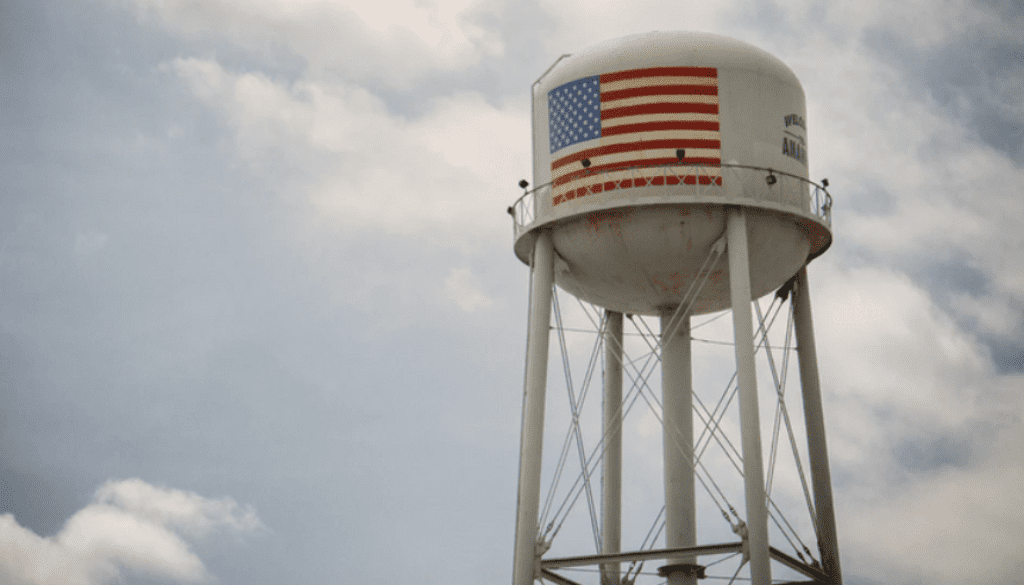À quoi ressemble la communication d’entreprise dans les organisations qui fournissent des services essentiels ?
The COVID-19 pandemic has emphasized the importance of clear and accessible corporate communications – particularly by organizations that provide essential services. In this blog, we look at ways in which the water industry addressed communication challenges during the COVID-19 pandemic and discuss tools for other organizations to emulate their success.
At the start of the COVID-19 pandemic, there were a lot of questions being asked about how the virus is transmitted. Unfortunately, due to a lack of understanding, many of the questions were answered incorrectly or in a manner that could be misinterpreted – leading to public confusion, conflicting versions of the same advice, and the failure to comply with recommended guidelines.
One of the biggest concerns was that the virus could be transmitted through the water supply. This concern led to the panic-buying of bottled water and a decline in residential water consumption. The decline in residential water consumption could not have come at a worse time for water companies due to industrial water consumption falling through the floor when manufacturing plants closed.
Faced with public mistrust in their product and declining revenues, water companies launched an information campaign by email, news releases, bill inserts, and social media. Their message was they would provide communities with safe, clean, and reliable services during the pandemic while protecting the health of employees. Nonetheless, bottled water sales increased 50% by mid-March.
As the Situation Deteriorates, AWWA Hosts Webcast
In April 2020, the American Water Works Association (AWWA) and Association of Metropolitan Water Agencies (AMWA) commissioned an assessment of the financial impact of COVID‐19 on the water industry. The assessment found an aggregate financial impact of COVID‐19 on drinking water of approximately $13.9 billion – representing a decrease in revenues of 16.9%.
While some of the financial impact was attributable to water companies eliminating shut offs for non-payments, it was clear something had to be done to increase consumer confidence in the safety of the drinking water supply. Consequently, AWWA hosted a webcast featuring best practices for handling communication challenges and building public trust during the COVID-19 pandemic.
Attended by nearly 2,000 delegates, the webcast included presentations on risk communication and messaging, as well as discussions on spokesperson selection, social media, and employee safety. The webcast had the desired effect because, by the end of June, residential water consumption exceeded pre-pandemic levels – although stay-at-home orders were likely a factor in the recovery.
AWWA’s webcast featured three key areas on which water companies should focus – the principles of risk communication, building trust from the inside out, and being part of the solution rather than the problem. Multiple companies took the advice on board to address communication challenges they were encountering; and, earlier this year, AWWA published a casey study demonstrating how American Water put the best practices into practice.
How the Best Practices were Put into Practice
American Water was one of a number of water companies that had run a public-facing information campaign in early February, but changed its focus following AWWA’s webcast. The company combined its internal communications, human resources, and safety and security teams to ensure company employees had the necessary information, technology, tools, and training to do their jobs safely whether they were working from home, from an office, or in the field.
New modes of communication were implemented to keep employees up to date, deliver ongoing COVID‐19 safety tips, and reinforce the message that the safety of American Water’s employees, customers, and communities are a priority. Weekly video messages were sent by the chairman to employees to thank them for their efforts, employees were encouraged to take vacation time to recharge their batteries, and required to complete daily wellness checks via their mobile phones.
With internal communications now embracing the Caring-Action-Perspective model, American Water increased its messaging from the inside out to emphasize the company’s commitment to working with customers experiencing financial hardship. The company also equipped field employees with the tools to communicate with customers via video in order to discuss or diagnose issues without having to enter customers’ homes and business premises.
The case study concludes by reinforcing the message that the role of frequent, transparent, and encouraging communication should not be underestimated. Research has shown employers are more trusted for pandemic news than the government, and organizations should take advantage of their important position in the community to develop risk communication strategies, build trust from the inside out, and be part of the solution – both during the pandemic and afterwards.





